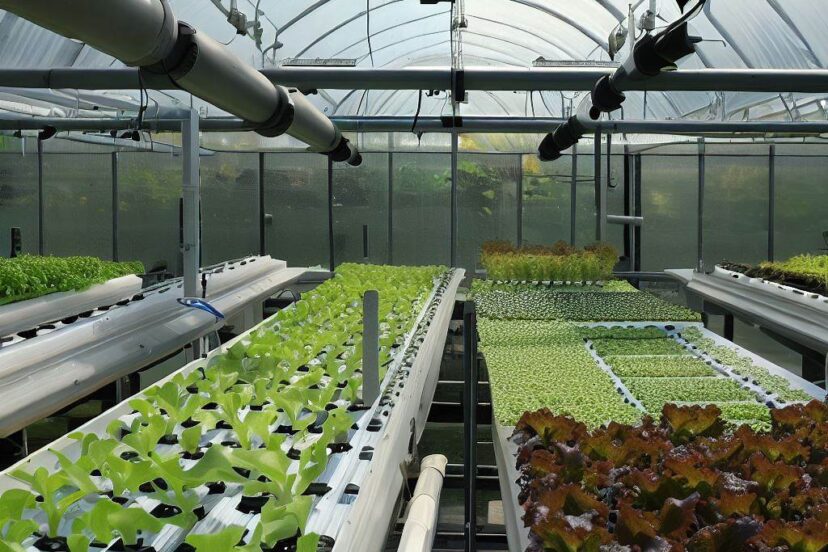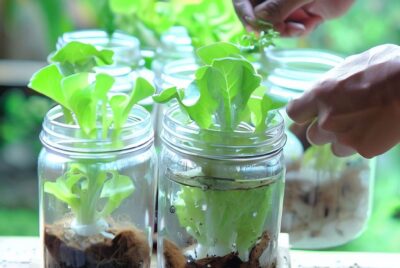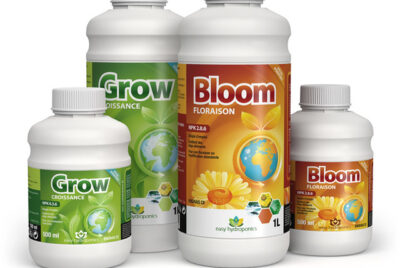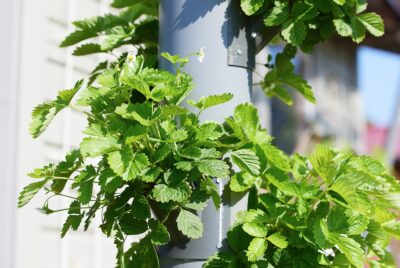Hydroponic Greenhouse Systems – What You Need to Know
*We may earn a commission for purchases made using our links. Please see our disclosure to learn more.
Introduction
Hello, fellow green-thumbed enthusiasts! Today, I want to delve into the fascinating world of hydroponic greenhouse systems and explore the possibilities they offer for growing crops in controlled environments. Hydroponics, for those unfamiliar, is a method of growing plants without soil, replacing it with nutrient-rich water solutions. When combined with a greenhouse, this modern approach to agriculture brings numerous advantages, but it also presents some challenges.
What is Hydroponics?
Before we dive into the nitty-gritty of hydroponic greenhouse systems, let’s grasp the basics of hydroponics itself. In a hydroponic setup, plants’ roots are suspended in a nutrient solution that provides them with all the essential elements they need to grow. Without the need for soil, hydroponics allows plants to direct their energy solely into growth, resulting in faster and more bountiful yields. When these ingenious systems are installed within greenhouses, the potential for year-round cultivation and climate control becomes even more promising.
Advantages of Hydroponic Greenhouse Systems
The marriage of hydroponics with greenhouse technology brings forth a host of benefits that traditional soil-based farming simply can’t match. Firstly, crop yield and growth rates skyrocket, thanks to the optimized growing conditions provided by the greenhouse. Moreover, the efficient use of water in hydroponics significantly reduces water wastage compared to conventional agriculture, making it an eco-conscious choice. With precise control over nutrient levels and pH balance, plants can thrive without worrying about nutrient deficiencies or excesses. Another bonus is the reduced risk of soil-borne diseases and pests, as soilless systems create an inhospitable environment for these nuisances. Finally, greenhouse hydroponics allows farmers to extend growing seasons and cultivate crops all year round.
Challenges of Hydroponic Greenhouse Systems
As promising as hydroponic greenhouse systems are, they come with their fair share of challenges. Setting up a hydroponic greenhouse requires a considerable initial investment, including specialized equipment and infrastructure. Additionally, maintaining such systems demands a steep learning curve, as growers must closely monitor and adjust various parameters to ensure optimal plant growth. Since hydroponics relies on technology and electricity, power outages or technical failures could lead to crop losses. Furthermore, maintaining the correct nutrient balance can be tricky, and imbalances can negatively impact plant health and yields. For newcomers, learning the ropes of hydroponics can be overwhelming at first.
Choosing the Right Greenhouse Hydroponic System
The key to a successful hydroponic greenhouse venture is selecting the most suitable system for your specific needs and goals. Several hydroponic techniques exist, such as Drip, Nutrient Film Technique (NFT), Deep Water Culture (DWC), and others, each with its advantages and limitations. When choosing a system, consider the available space and resources, the type of crops you wish to grow, and your experience level. Conduct thorough research and consult experienced hydroponic growers to make an informed decision.
Creating an Optimal Environment
For a thriving hydroponic greenhouse, mastering environmental control is vital. Greenhouse temperature, humidity, and ventilation must be carefully balanced to mimic the ideal conditions for plant growth. Additionally, since natural sunlight alone may not be sufficient, integrating artificial lighting is essential to sustain photosynthesis. Properly managing CO2 levels and ensuring adequate airflow can further enhance crop development. Moreover, having a reliable backup power source helps safeguard your precious crops during unforeseen outages.
Nutrient Management and Monitoring
In hydroponics, nutrient solutions act as the lifeblood of plants. It’s crucial to use high-quality nutrients and supplements to support healthy growth. Regular monitoring of nutrient levels and pH is necessary to prevent deficiencies or toxicities that can harm plants. Adjusting nutrient solutions based on different growth stages ensures plants receive the right nutrients at the right time, maximizing their potential.
Pest and Disease Prevention
Just like any other farming method, hydroponic greenhouses are susceptible to pests and diseases. It’s crucial to familiarize yourself with common threats and implement integrated pest management techniques. Quarantine measures should be in place for incoming plants and materials to avoid introducing potential hazards to the system. Keeping a clean and sanitized growing environment minimizes the risk of infestations.
Training and Pruning Techniques
Encouraging strong plant structures and uniform growth is essential for an efficient greenhouse hydroponic system. Employ various training and pruning methods to direct plant growth and promote optimal light exposure. This approach also enhances airflow within the canopy, reducing the risk of disease and increasing overall productivity.
Harvesting and Crop Rotation
Knowing when to harvest your hydroponic crops is critical for achieving the best quality and yields. Additionally, implementing proper crop rotation strategies helps prevent nutrient depletion and soil fatigue. By rotating crops strategically, you can maintain the health of your plants and optimize the use of resources.
Success Stories: Real-Life Examples
Sometimes the best way to learn is by observing others who have succeeded in the field. Throughout the years, many hydroponic greenhouse ventures have flourished, showcasing the incredible potential of these systems. These success stories serve as both inspiration and valuable lessons, guiding new growers on their journey.
Environmental Impact of Hydroponics
As the world faces increasing environmental challenges, sustainable farming practices are gaining traction. Hydroponics, with its water-conserving and land-saving characteristics, stands out as an eco-friendly alternative to traditional agriculture. We’ll explore how hydroponics compares to conventional farming methods and its potential for reducing environmental impact.
Conclusion
In conclusion, hydroponic greenhouse systems offer an innovative and promising way to grow crops with efficiency and sustainability. While challenges exist, the advantages of these systems far outweigh the cons. By selecting the right system, mastering environmental control, and implementing best practices, growers can overcome obstacles and reap the rewards of successful hydroponic greenhouse cultivation.
FAQs
-
Can hydroponics be done in any type of greenhouse?
- Yes, hydroponics can be adapted to different types of greenhouses, including small-scale structures and commercial operations.
-
Is hydroponic farming more expensive than traditional farming?
- Initially, hydroponic setup costs can be higher, but over time, the increased yields and resource efficiency often lead to cost savings.
-
How often should I monitor nutrient levels in a hydroponic greenhouse?
- Regular monitoring is essential; weekly or bi-weekly checks are recommended, but the frequency may vary based on crop needs.
-
What are the best crops to grow in a hydroponic greenhouse?
- Leafy greens, herbs, tomatoes, cucumbers, and strawberries are popular choices due to their adaptability to hydroponic systems.
-
Are hydroponic greenhouse systems suitable for home gardeners?
- Absolutely! Hydroponic greenhouses can be scaled to suit individual needs, making them accessible to home gardeners and enthusiasts.




